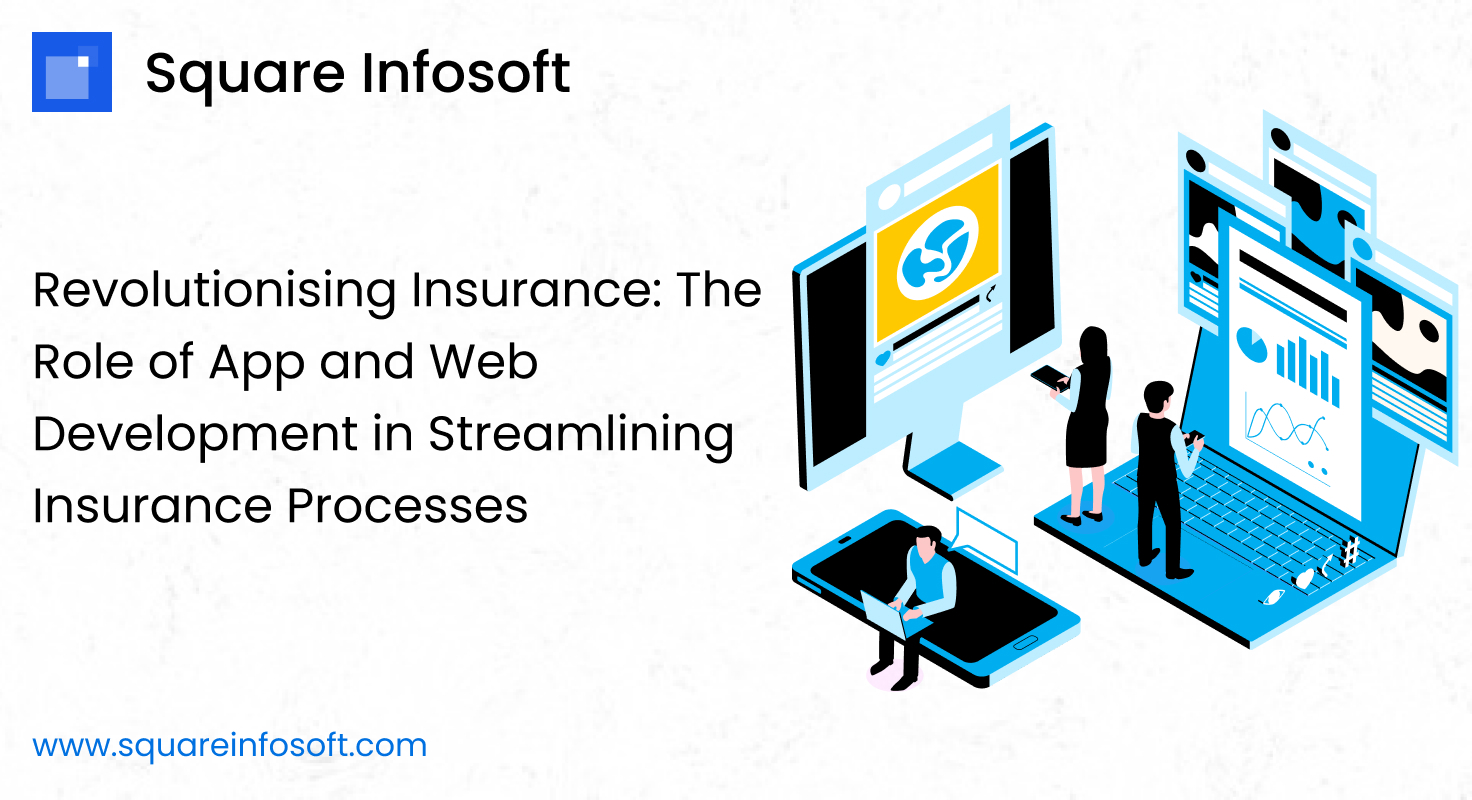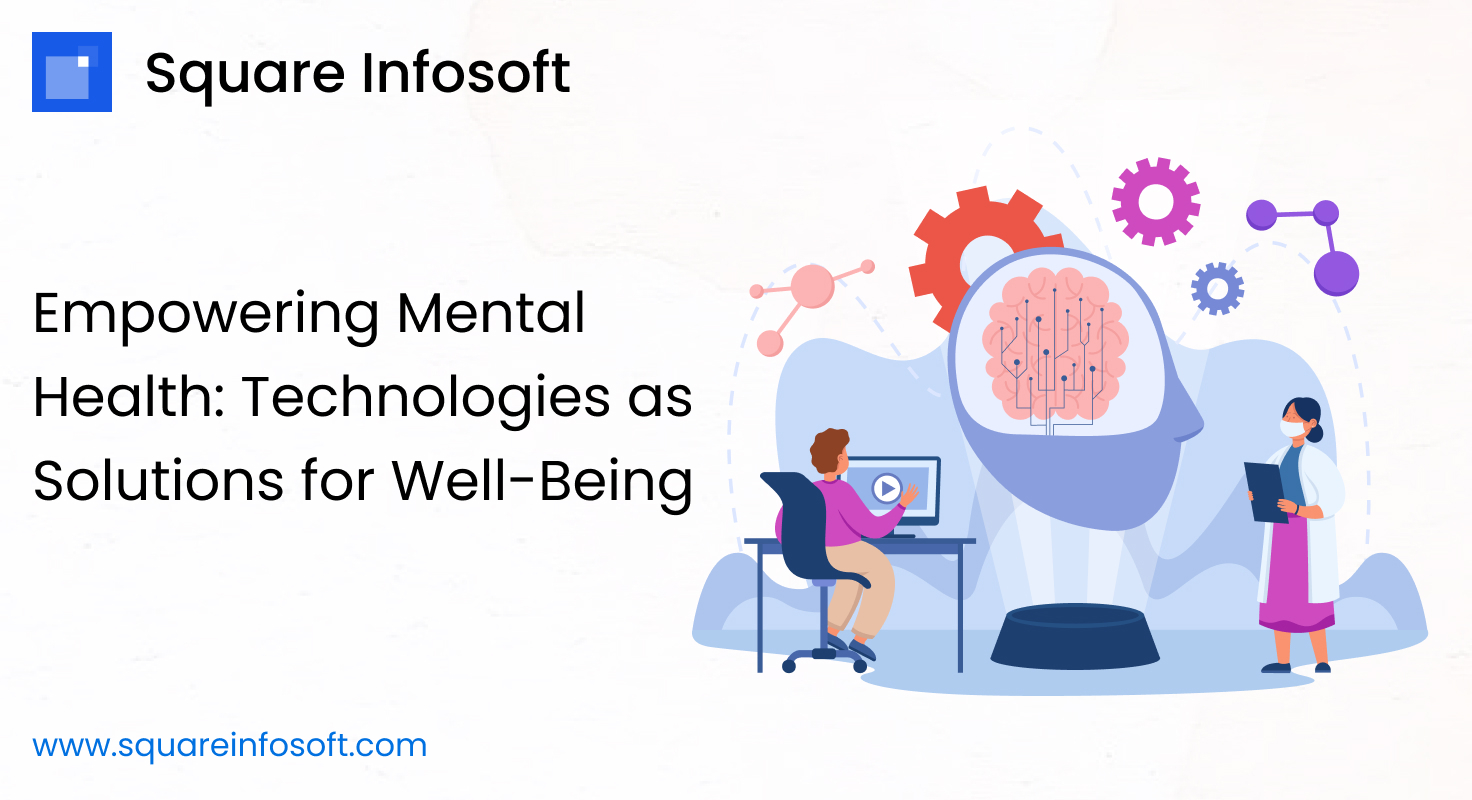Developing a mobile application for human resources (HR) purposes is a strategic initiative aimed at streamlining HR processes, enhancing employee engagement, and improving overall organizational efficiency. In this comprehensive guide, we will explore the key considerations, processes, and technologies involved in creating a mobile app for HR management.
1. Market Research and Analysis:
Before diving into development, conduct thorough market research to understand the needs, pain points, and preferences of HR professionals and employees. Identify existing HR software solutions, their features, strengths, and weaknesses. Analyze market trends, regulatory requirements, and emerging technologies in the HR tech landscape.
2. Define Features and Functionalities:
Based on market research insights and stakeholder feedback, define the features and functionalities of your HR mobile app. Some essential features to consider include:
- Employee Self-Service: Enable employees to access and update their personal information, view pay stubs, submit time-off requests, and manage benefits enrollment.
- Recruitment and Onboarding: Facilitate the recruitment and onboarding process by allowing recruiters and hiring managers to post job openings, review applications, schedule interviews, and onboard new hires seamlessly.
- Performance Management: Provide tools for setting goals, conducting performance evaluations, providing feedback, and tracking employee performance over time.
- Learning and Development: Offer access to online training courses, e-learning modules, and skill development resources to support employee learning and career growth.
- Communication and Collaboration: Foster communication and collaboration among employees and teams through features such as chat, forums, news feeds, and social networking capabilities.
- Analytics and Reporting: Generate insights and reports on HR metrics, employee engagement, turnover rates, recruitment effectiveness, and other key performance indicators (KPIs).
- Compliance and Regulatory Tools: Ensure compliance with labor laws, industry regulations, and internal policies through features such as time tracking, attendance management, and document management.
3. Choose the Right Technology Stack:
Selecting the appropriate technology stack is crucial for building a scalable, secure, and user-friendly HR mobile app. Consider factors such as platform compatibility (iOS, Android, or cross-platform), backend infrastructure, database management system, and third-party integrations.
For frontend development, popular frameworks like React Native, Flutter, or native development using Swift (for iOS) and Kotlin (for Android) can be utilized. For backend development, you can choose from a variety of technologies such as Node.js, Python (Django or Flask), Ruby on Rails, or Java.
Utilize reliable databases like PostgreSQL, MongoDB, or Firebase for storing user data and HR-related information securely. Integrate APIs provided by HR software vendors, payroll providers, and third-party services for features such as applicant tracking, payroll processing, and benefits administration.
4. Design and User Experience:
Create an intuitive and visually appealing user interface (UI) design that enhances the overall user experience (UX). Pay attention to factors such as ease of navigation, clarity of information, consistency in design elements, and accessibility across different devices and screen sizes.
Follow design principles such as responsive design, minimalist aesthetics, and intuitive interactions to create a user-friendly interface. Conduct usability testing and gather feedback from HR professionals and employees to iteratively improve the app’s design and user experience.
5. Development and Testing:
Begin the development process by breaking down the project into smaller tasks or modules and assigning them to the development team. Follow agile development methodologies such as Scrum or Kanban to ensure iterative development, continuous integration, and frequent testing.
Implement best practices for code quality, documentation, version control (using tools like Git), and collaboration among team members. Conduct thorough testing at each stage of development, including unit testing, integration testing, and user acceptance testing (UAT), to identify and fix bugs or issues promptly.
6. Deployment and Maintenance:
Once development and testing are complete, deploy the app to the respective app stores (Apple App Store and Google Play Store) following their guidelines and policies. Monitor the app’s performance, user feedback, and analytics data to identify areas for improvement and implement regular updates and enhancements.
Invest in ongoing maintenance and support to ensure the app remains up-to-date, secure, and compatible with the latest operating systems and devices. Continuously gather user feedback, analyze HR metrics, and adapt the app’s features and functionalities accordingly to meet the evolving needs of HR professionals and employees.
Developing a mobile application for human resources (HR) management is a strategic endeavor aimed at optimizing HR processes, fostering employee engagement, and enhancing organizational efficiency. Throughout this comprehensive guide, we have explored the key considerations, processes, and technologies involved in creating such an app.
Market research and analysis play a pivotal role in understanding the needs and preferences of HR professionals and employees, as well as identifying existing solutions and market trends. Defining the features and functionalities of the HR mobile app is essential, encompassing aspects such as employee self-service, recruitment, performance management, learning and development, communication, analytics, and compliance tools.
Choosing the right technology stack is crucial for building a scalable, secure, and user-friendly app, considering factors such as platform compatibility, frontend and backend frameworks, database management systems, and third-party integrations. Designing an intuitive and visually appealing user interface enhances the overall user experience, while agile development methodologies ensure iterative development and continuous improvement.
Thorough testing at each stage of development, coupled with proper deployment and maintenance strategies, ensures the app’s performance, security, and compatibility with evolving technologies and user needs. By investing in ongoing maintenance, gathering user feedback, and adapting features accordingly, organizations can ensure that their HR mobile app remains relevant and effective in meeting the dynamic demands of HR management in the modern workplace.




